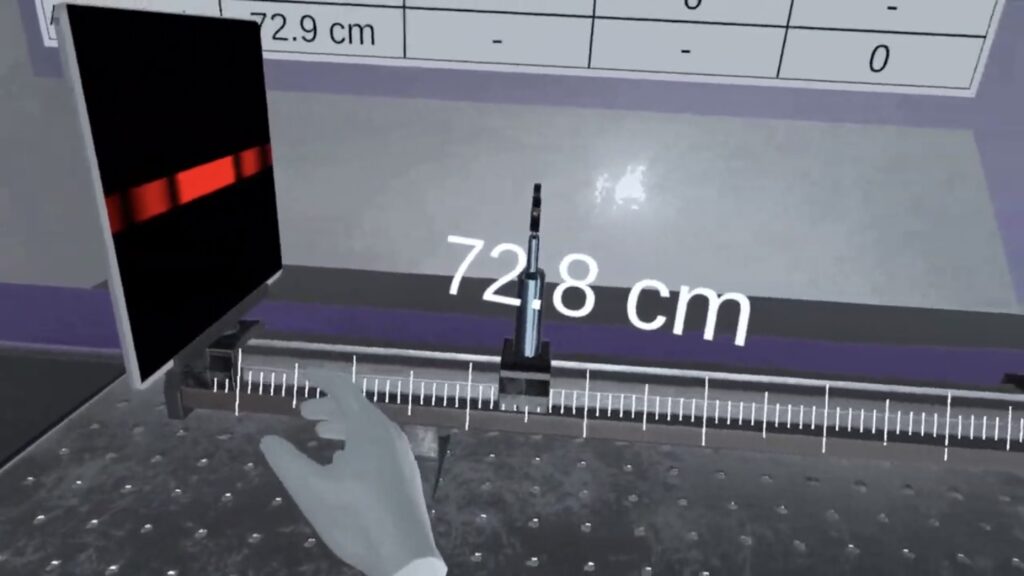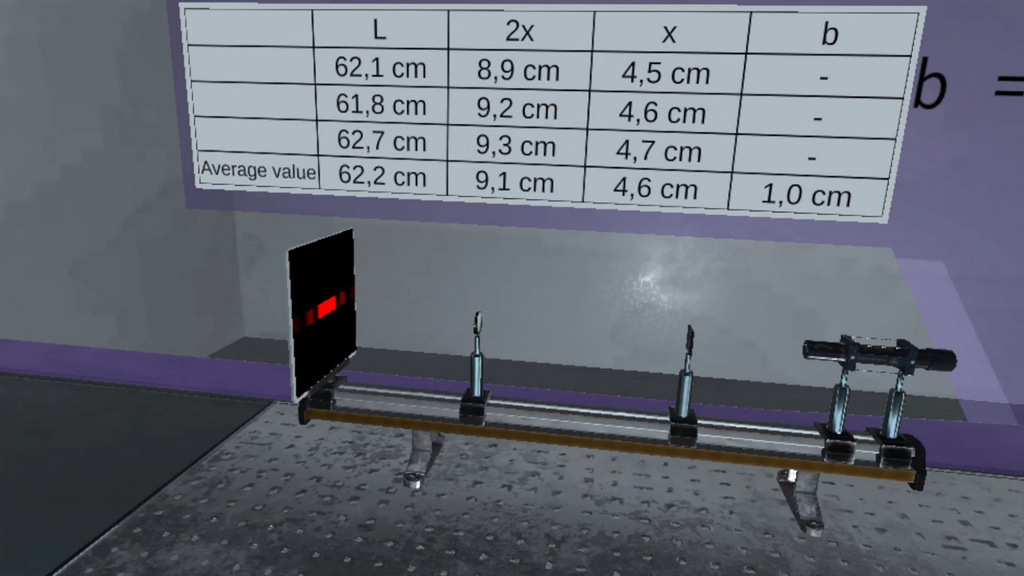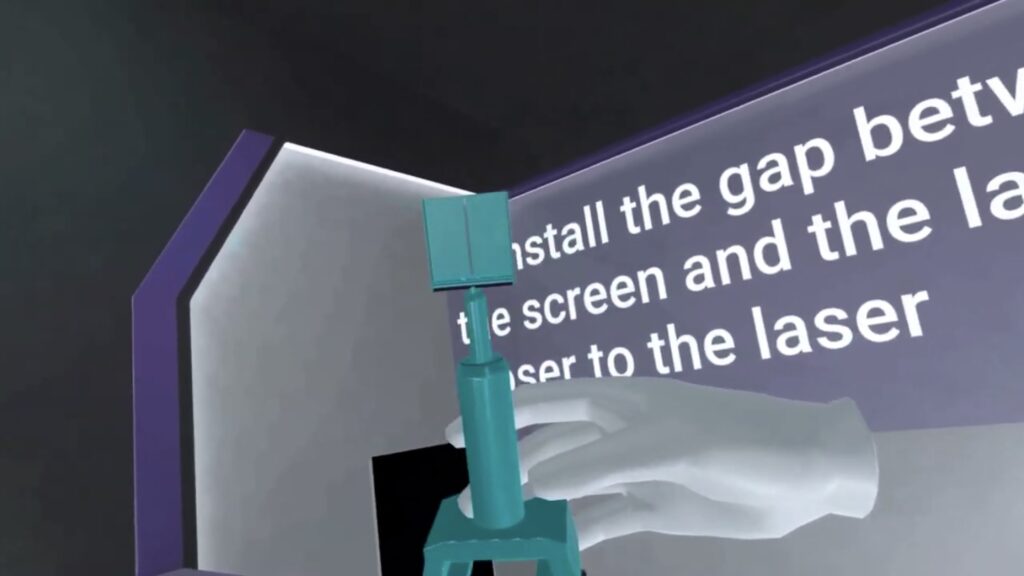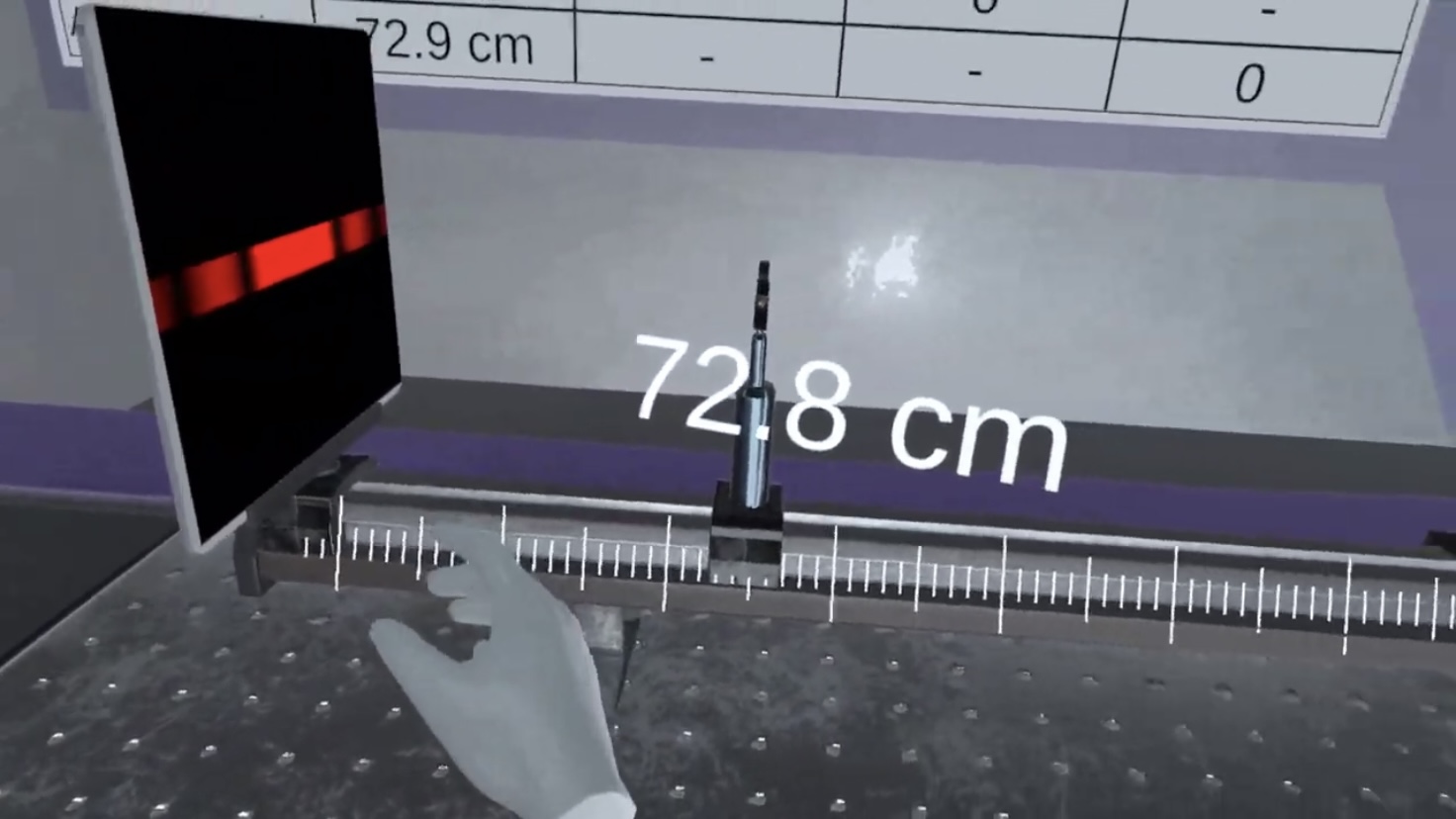Optics often ranks among the most fascinating yet complex parts of physics. From understanding how light bends and reflects to exploring the phenomenon of diffraction, students can easily get lost in mathematical abstractions without hands-on experiences. Fortunately, emerging technologies now offer new approaches to teaching and learning optics in engaging, memorable ways.
The Challenge of Traditional Optics Labs
Typical optics experiments require precise equipment and time-consuming setups—lasers, lenses, slits, screens, and safety measures. For educators, this can become overwhelming:
- Budget Constraints: Quality apparatus might be too costly for some institutions.
- Safety Issues: Working with lasers and fragile instruments demands careful supervision.
- Limited Class Time: Setting up and clearing a lab can eat into precious teaching hours.
These hurdles often leave teachers rushing through key lessons. However, XReady Lab is exploring how immersive physics classrooms can simplify these challenges. By simulating advanced experiments (like diffraction) in a digital environment, educators can shift their focus from managing gear to actual teaching.
Introducing a Virtual Diffraction Simulation

XReady Lab VR education: VR Diffraction laboratory
XReady Lab’s new simulation takes the complexities of diffraction—one of the core topics in wave optics—and brings them into a single, user-friendly module:
- Divergent Monochromatic Beam: A laser passes through a collecting lens to demonstrate how light spreads.
- Intensity Distribution: Students observe the diffraction pattern on a screen in real time.
- Adjustable Gap Width: Learners can see how changing the slit size affects diffraction strips.
Aligned with Global Curricula
This simulation isn’t just a neat trick; it’s carefully designed to match international standards. Whether students follow the physics Cambridge curriculum, IB guidelines, or the Next-Generation Science Standards, the simulation addresses essential optics competencies. Below are some highlights:
- Cambridge (Science/Physics): Covers Fresnel and Fraunhofer diffraction at various levels (IGCSE, O-level, AS-level, etc.).
- IB (Science/Physics): Focuses on wave topics like interference and diffraction (Middle Years Programme, Diploma Programme).
- National Curriculum in England (Physics): Introduces interference and diffraction at Key Stage 4, building on wave optics from Key Stage 3.
- Indian Curriculum CBSE (Science/Physics): Essential for classes 9–10, culminating in Class 12 board exam topics on interference and diffraction.
- National Curriculum of the Netherlands: Ranges from foundational Fresnel diffraction at VMBO to advanced wavefront shaping at VWO.
- Scuola secondaria in Italia (Scienze/Physics): Introduces Fresnel diffraction early on, advancing to deeper wave concepts.
- Next-Generation Science Standards (Physical Sciences): Recommended for high school topics on waves and electromagnetic radiation.
Why a Digital Lab Outperforms Traditional Gear

XReady Lab VR education: VR Diffraction laboratory
1. Time Efficiency
One educator might spend hours setting up multiple optics benches, ensuring each lens is aligned. Another, however, could rely on a digital environment—needing just minutes to start a virtual reality physics simulation. With no equipment to calibrate or store, they can dedicate more class time to explaining the principles of diffraction.
2. Safety and Accessibility
No real lasers, no risk of mishandling fragile apparatus—just a simulation that demonstrates the same concepts. Students can experiment freely, adjusting parameters like slit width or lens position without worry.
3. Greater Range of Experiments
A single digital suite can simulate multiple experiments. Instead of investing in separate kits for interference, diffraction, and other wave phenomena, schools can set up a virtual reality classroom to cover them all.
4. Consistency Across Classes
Physical labs might deliver inconsistent results due to equipment wear or alignment. In a virtual physics environment, each student sees the same phenomena, making teaching more uniform and less frustrating.
Bridging STEM Labs with Modern Tech
While real labs remain invaluable for tactile experiences, a STEM lab that integrates digital methods expands possibilities. Instead of removing physical experiments entirely, educators can combine them with advanced simulations to reinforce learning. This blend—often called a “hybrid lab”—exposes students to both real-world instrumentation and digital mastery.
XReady Lab encourages teachers to explore how AI-driven tools can reduce planning burdens too. For instance, if you’re spending hours making presentations, check out Top 5 AI Tools for Teachers to delegate routine tasks. Freeing up that time allows you to focus on guiding students through meaningful interactive classroom activities.
Elevating Student Engagement with Technology

XReady Lab VR education: VR Diffraction laboratory
Adolescents sometimes see optics as too abstract. Visualizing wave interference can be challenging, and setting up actual apparatus for each child is often impossible. In a digital classroom, however:
- Interactive Scenes: Learners can instantly switch from Fraunhofer to Fresnel diffraction or manipulate slit widths.
- Immediate Feedback: Real-time data appear on-screen, showing how changes alter intensity patterns.
- Personalized Exploration: Each student can revisit tricky concepts at their own pace, an asset when bridging knowledge gaps.
These advantages highlight the benefits of virtual reality in education, especially for complex topics like diffraction. It’s no surprise that many educators now see digital labs as an integral part of technology in schools.
Who Benefits from This Setup?

- Teachers
- Spend less time on mechanical tasks like apparatus setup.
- Focus more on explaining optical principles and guiding analysis.
- Offer advanced topics to motivated students without buying extra tools.
- Students
- Explore physics with interactive scenarios that spark curiosity.
- Gain a deeper understanding of wave phenomena like diffraction.
- Practice trial-and-error in a risk-free environment.
- Schools
- Reduce equipment costs and maintenance.
- Provide modern learning experiences that align with global curricula.
- Strengthen their reputation for innovation in STEM education.
Experience It Yourself
Curious about how XReady Lab’s virtual reality diffraction module can energize your classroom? Sample the demo package, which includes the simulation covering diffraction on a slit with a laser source. Enhance your lesson plans and spark students’ interest in optics:
Conclusion
Teaching optics often demands intricate demonstrations that consume time, budgets, and patience. By integrating digital tools, educators can deliver powerful lessons on diffraction and other wave phenomena without the logistical headaches. The result? A streamlined physics classroom where students truly focus on learning.
“Set up and tidy up” need no longer eat away at valuable teaching minutes. A single simulation in a virtual reality environment can replicate multiple experiments, each with clearer visuals and real-time analytics. That’s the key to ensuring every student gets hands-on experience—no matter the class size or school budget.
As AI and digital solutions grow in education, the opportunities to build immersive, intuitive physics lessons multiply. Now is the time to explore these advances, harnessing them to foster curiosity, deep understanding, and genuine excitement for science in every student’s mind.




